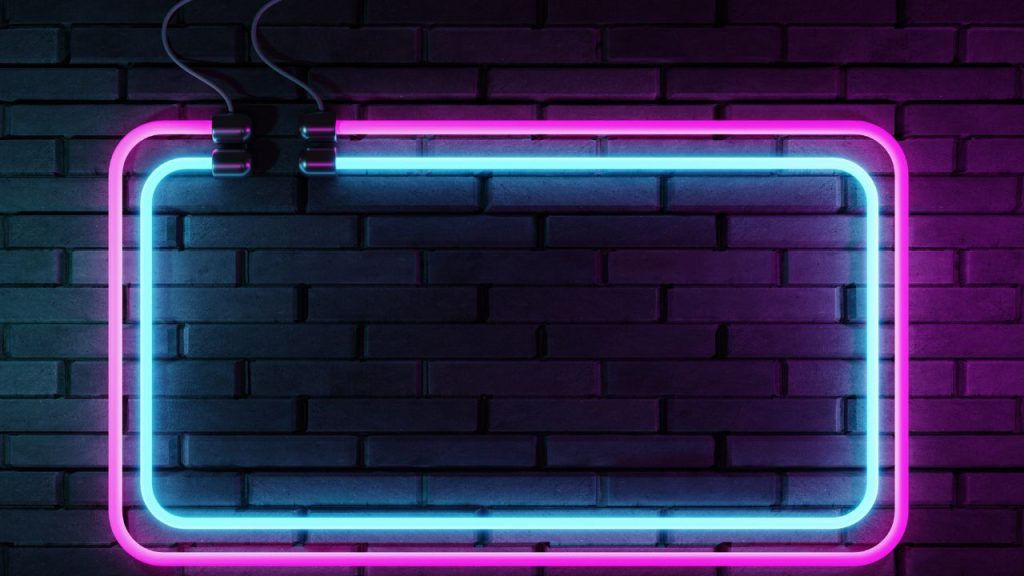In the heart of the bustling cities and the tranquil towns of the world, the radiant glow of neon signs has long stood as a beacon of modernity and commercial charm. The advent of these luminous emblems dates back to the early 20th century, marking a significant transition in advertising and urban aesthetics. Neon signs, with their effervescent light and endless possibilities for design, have not only revolutionized the way businesses attract attention but have also emerged as cultural icons, reflecting the zeitgeist of the times.
Neon, a noble gas found in the air we breathe, was first harnessed for lighting in the early 1900s by Georges Claude, a French engineer and inventor. It was in 1910 that Claude introduced the first neon lamp to the public at the Paris Motor Show, unveiling a technology that would soon illuminate the world in a kaleidoscope of colors. The initial allure of neon was its vividness and novelty; unlike anything seen before, these lights could cut through the fog and smog of industrial cities, making them ideal for advertising and signage.
The proliferation of neon signs in the United States and across the globe in the 1920s and 1930s coincided with the golden age of cinema and the rise of the automobile industry. These signs became synonymous with progress and excitement, illuminating the facades of cinemas, diners, and petrol stations. In London, Piccadilly Circus became a glowing testament to the allure of neon, with its array of dazzling signs becoming a landmark in its own right.
However, the story of neon is not just one of commercial success and urban transformation. It is also a narrative of art and cultural expression. Artists like Tracey Emin and Bruce Nauman harnessed the medium of neon to create compelling works that transcended traditional advertising. Their pieces, often a mixture of glowing words and abstract shapes, brought neon into the galleries and museums, showcasing its potential as a tool for personal expression.
In recent years, neon has experienced a renaissance, driven by a nostalgic yearning for the glamour and simplicity of the past. This resurgence is evident in the revival of retro aesthetics in fashion, design, and pop culture. Neon signs have become cherished relics of a bygone era, sought after by collectors and enthusiasts. Cities like Las Vegas, with its Neon Museum, pay homage to this luminous legacy, preserving the signs that once adorned its famous Strip.
The environmental impact of neon signs, however, cannot be overlooked. As awareness about sustainability grows, the energy consumption and materials used in traditional neon signs have come under scrutiny. This has led to innovations in eco-friendly lighting, including the use of LED technology, which mimics the look of neon with greater energy efficiency and longevity. Despite these advancements, the debate continues over the balance between preserving the cultural heritage of neon and promoting sustainable practices.
The enduring appeal of neon signs lies in their ability to evoke a sense of wonder and nostalgia. They remind us of a time when the future was envisioned with optimism and cities were canvases for bold, bright statements. From the buzzing neon jungles of Tokyo to the historic streets of London, these signs are more than mere advertisements; they are symbols of the human desire to create and communicate in visually stunning ways.
In conclusion, the story of neon signs is a vibrant chapter in the history of modern culture. It spans the realms of technology, art, and environmental consciousness, reflecting the evolving values and aesthetics of society. As we move forward, the neon sign remains a shining example of innovation, creativity, and the enduring human spirit that seeks to light up the darkness with color and brilliance.

